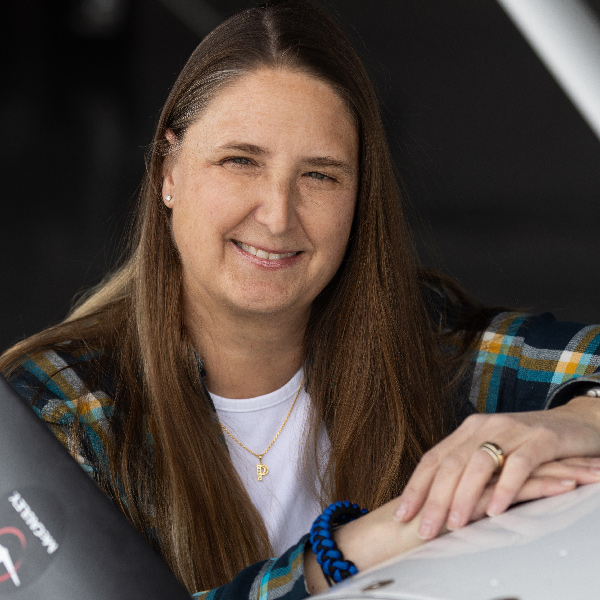Instrument time
Get the rating, keep on learning

Later, you’ll get the itch again and ask yourself: So, what’s next?
“Great question,” I’ll tell you. “How about getting your instrument rating?”
“OMG,” you say. “No way. I’m only ever going to fly in perfect daytime weather, so I don’t need an instrument rating.”
“OK,” I’ll answer. “But you’ll definitely be in the minority.”
According to the FAA’s 2024 airman certificate statistics, 342,400, or 69 percent, of 495,907 total certificated pilots also had an instrument rating. For the past 20 years, that figure has been steadily rising. It climbed 10 percentage points, up from 59 percent of pilots in 2004.
An increasing number of pilots understand that an instrument rating can provide them with essential skills that help them safely navigate and escape potentially hazardous situations, even if they’ve pledged to never go look at a cloud from the inside (on purpose).
I asked some of my CFI friends about how they would encourage their flight students toward an instrument rating.
“An instrument rating is extremely important for private pilots because it just makes them a better pilot,” says CFI and Manager of AOPA Flying Clubs Initiative Jason Levine. “It allows them to have a true understanding of the entire aviation system and not just VFR flight.”
Instrument rating training and its subsequent checkride are not without some unique challenges. After you complete your private certificate, where you’re encouraged to look outside the aircraft much of the time (it is, after all, called visual flight rules), suddenly you’re donning fogged-out glasses and are told that your attention must be fully inside the cockpit.
Levine says he notices right away whether a pilot is instrument-rated or not. “It’s in the finesse and understanding of the aircraft and navigation.”
“VFR flying weather is black or white—you either go or you don’t go,” adds CFI and AOPA Air Safety Institute Video Producer Adam Rarey. “IFR introduces a world of gray, literally.”
And along with those endless shades of gray outside the windshield come numerous risk factors and additional decision-making requirements.
“You learn that you cannot blast off into any weather,” Rarey says. “You will still get stuck when the weather gets too low (and that’s OK!). General aviation, even IFR GA, is all about the journey, not the destination.”
Having an instrument rating allows you to plan flights that your VFR-rated friends can only dream of, but no, the rating is also not the all-mighty get-out-of-jail-free card you may think it to be.
“While earning an instrument rating can greatly enhance safety and decision-making, it’s not a cure-all,” says Paul Deres, a CFII and AOPA Air Safety Insitute vice president.
Visual flight into instrument meteorological conditions, or IMC, remains among the most-deadly causes of general aviation accidents overall. In 2022, the last full year for which comprehensive statistics have been compiled, all the VFR-into-IMC accidents resulted in fatalities. Of those accidents, one-third involved an instrument-rated pilot.
There are a few reasons for that: Often, it’s the pilots’ lack of proficiency and/or currency in IFR operations, or they are flying aircraft not equipped to deal with the conditions, or a combination of both.
“A lot of instrument pilots think they can now do anything because they have the rating, or maybe they push their aircraft too hard in dangerous situations,” Levine says. An instrument-rated pilot might continue into unsafe weather conditions when it could be wiser to turn around or divert.
That’s what happened to a father-son duo who ended up in trouble in ASI’s Real Pilot Story Trapped in the Hills. Their inadvertent flight into IMC, even though one of them was instrument-rated, ended in disaster.
The rating is not an automatic wild card that allows you to go play in any weather, at any time. It’s simply a way to help you better manage a situation you may not have bargained for, on an otherwise well-planned trip. And it’s also the key to planning an outing that would otherwise be near-impossible to execute, given certain environmental factors.
“The rating provides tools, but proficiency and judgment are what keep pilots safe,” Deres says.



